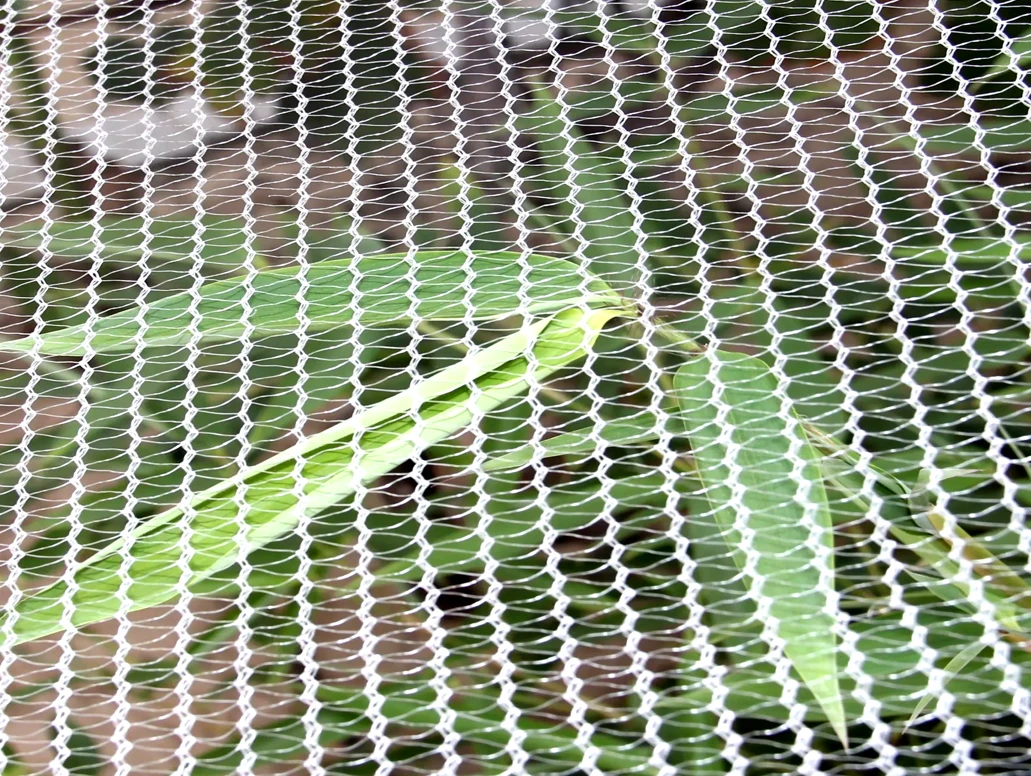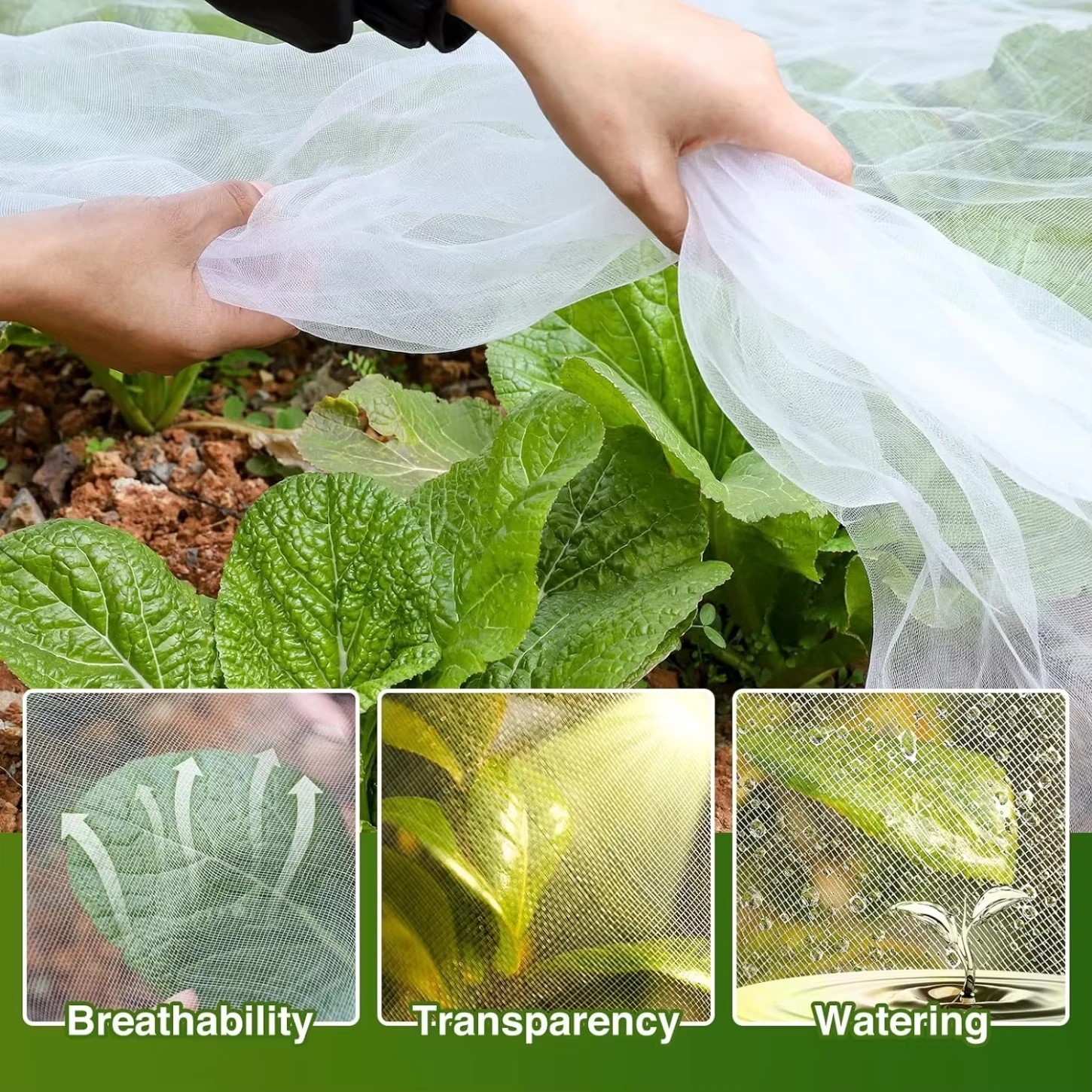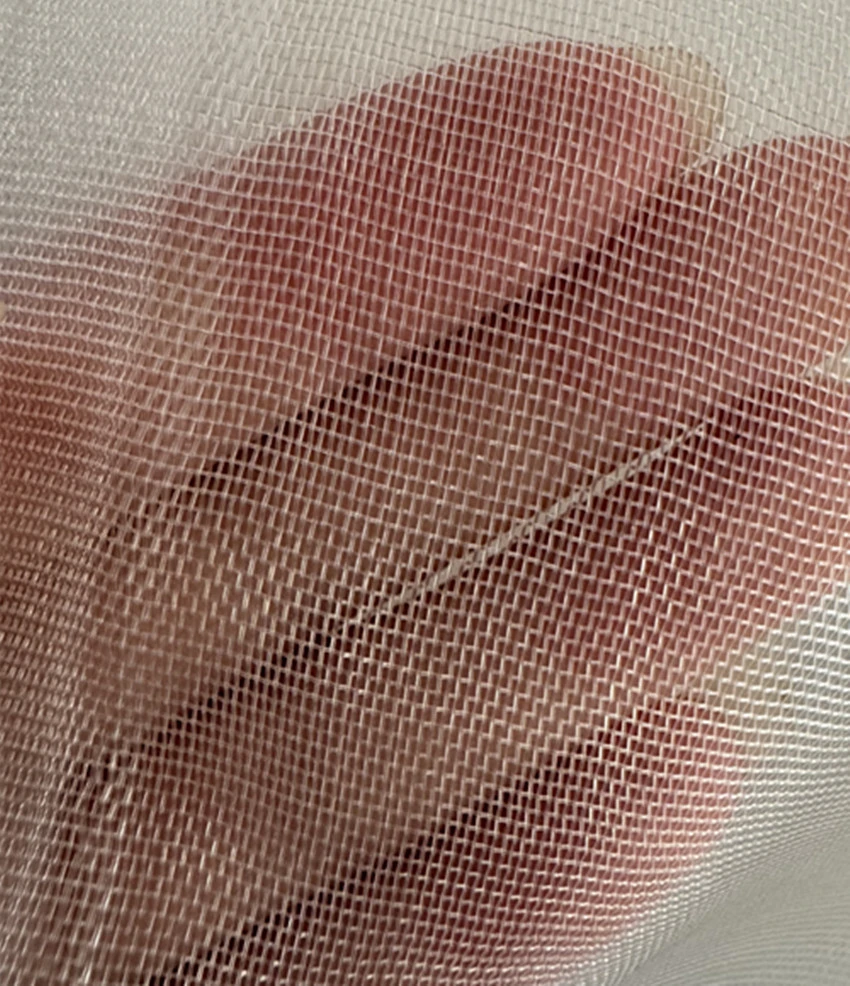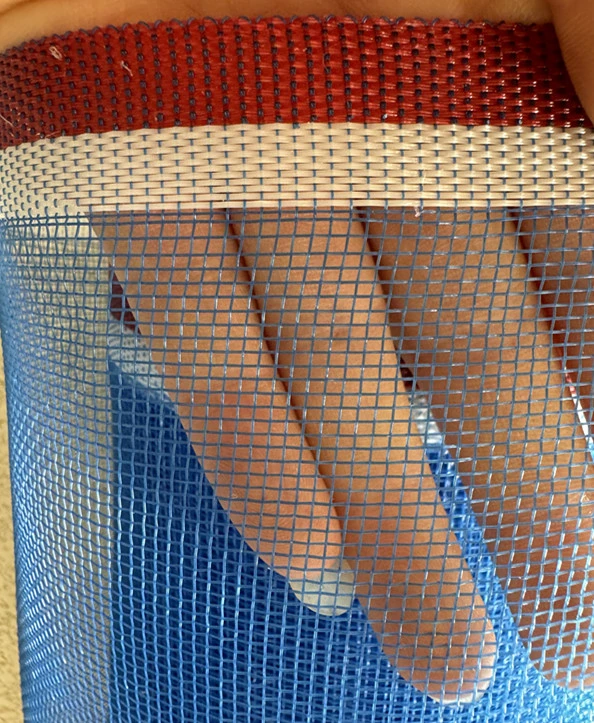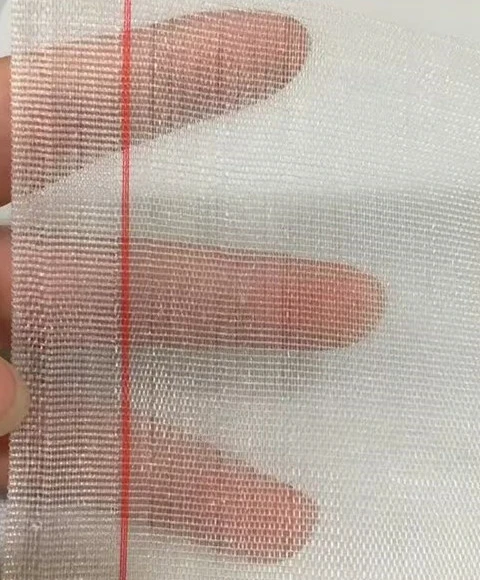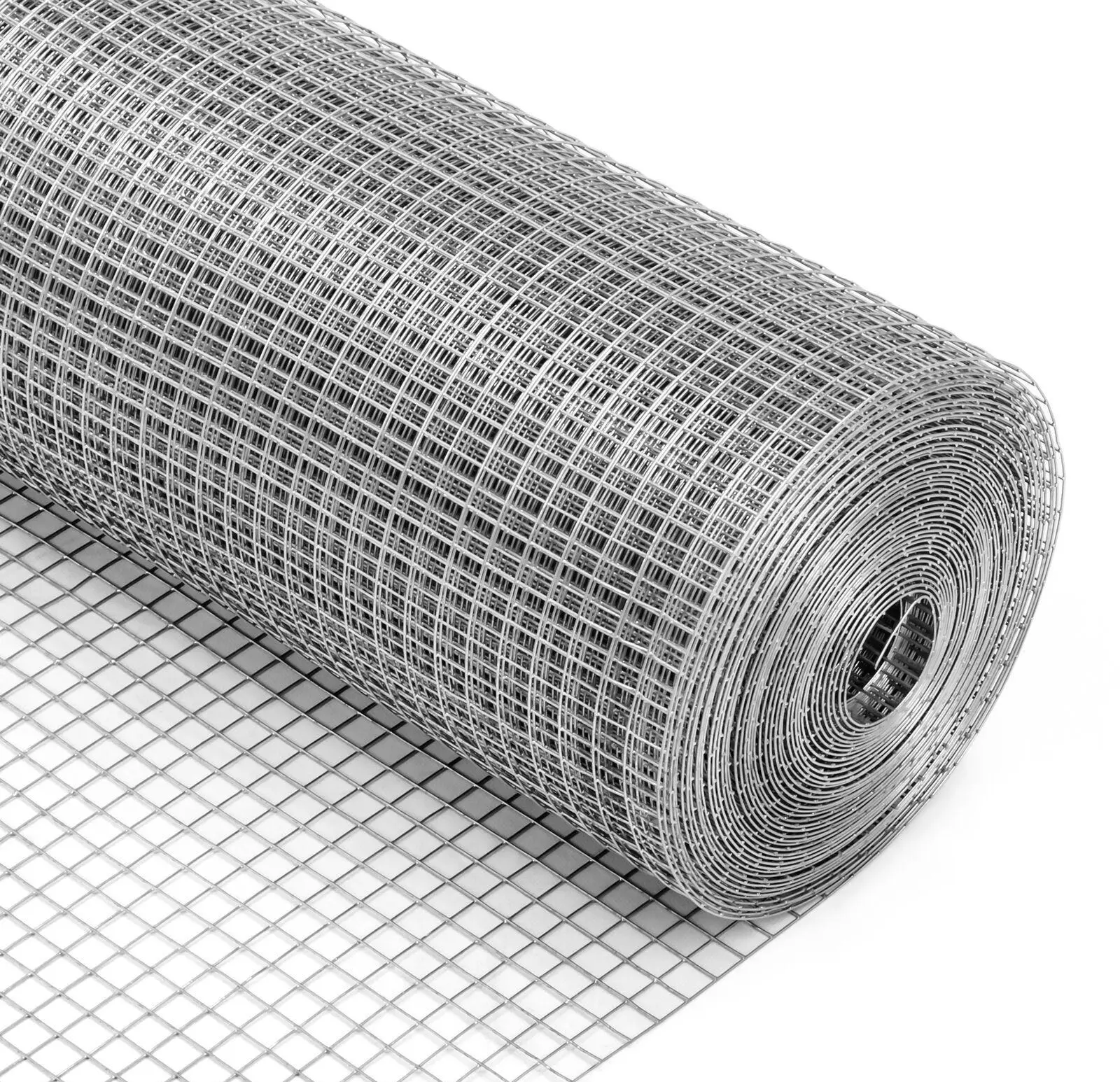-
 Afrikaans
Afrikaans -
 Albanian
Albanian -
 Amharic
Amharic -
 Arabic
Arabic -
 Armenian
Armenian -
 Azerbaijani
Azerbaijani -
 Basque
Basque -
 Belarusian
Belarusian -
 Bengali
Bengali -
 Bosnian
Bosnian -
 Bulgarian
Bulgarian -
 Catalan
Catalan -
 Cebuano
Cebuano -
 China
China -
 Corsican
Corsican -
 Croatian
Croatian -
 Czech
Czech -
 Danish
Danish -
 Dutch
Dutch -
 English
English -
 Esperanto
Esperanto -
 Estonian
Estonian -
 Finnish
Finnish -
 French
French -
 Frisian
Frisian -
 Galician
Galician -
 Georgian
Georgian -
 German
German -
 Greek
Greek -
 Gujarati
Gujarati -
 Haitian Creole
Haitian Creole -
 hausa
hausa -
 hawaiian
hawaiian -
 Hebrew
Hebrew -
 Hindi
Hindi -
 Miao
Miao -
 Hungarian
Hungarian -
 Icelandic
Icelandic -
 igbo
igbo -
 Indonesian
Indonesian -
 irish
irish -
 Italian
Italian -
 Japanese
Japanese -
 Javanese
Javanese -
 Kannada
Kannada -
 kazakh
kazakh -
 Khmer
Khmer -
 Rwandese
Rwandese -
 Korean
Korean -
 Kurdish
Kurdish -
 Kyrgyz
Kyrgyz -
 Lao
Lao -
 Latin
Latin -
 Latvian
Latvian -
 Lithuanian
Lithuanian -
 Luxembourgish
Luxembourgish -
 Macedonian
Macedonian -
 Malgashi
Malgashi -
 Malay
Malay -
 Malayalam
Malayalam -
 Maltese
Maltese -
 Maori
Maori -
 Marathi
Marathi -
 Mongolian
Mongolian -
 Myanmar
Myanmar -
 Nepali
Nepali -
 Norwegian
Norwegian -
 Norwegian
Norwegian -
 Occitan
Occitan -
 Pashto
Pashto -
 Persian
Persian -
 Polish
Polish -
 Portuguese
Portuguese -
 Punjabi
Punjabi -
 Romanian
Romanian -
 Russian
Russian -
 Samoan
Samoan -
 Scottish Gaelic
Scottish Gaelic -
 Serbian
Serbian -
 Sesotho
Sesotho -
 Shona
Shona -
 Sindhi
Sindhi -
 Sinhala
Sinhala -
 Slovak
Slovak -
 Slovenian
Slovenian -
 Somali
Somali -
 Spanish
Spanish -
 Sundanese
Sundanese -
 Swahili
Swahili -
 Swedish
Swedish -
 Tagalog
Tagalog -
 Tajik
Tajik -
 Tamil
Tamil -
 Tatar
Tatar -
 Telugu
Telugu -
 Thai
Thai -
 Turkish
Turkish -
 Turkmen
Turkmen -
 Ukrainian
Ukrainian -
 Urdu
Urdu -
 Uighur
Uighur -
 Uzbek
Uzbek -
 Vietnamese
Vietnamese -
 Welsh
Welsh -
 Bantu
Bantu -
 Yiddish
Yiddish -
 Yoruba
Yoruba -
 Zulu
Zulu
Comprehensive Understanding Of Anti-Hail Net
As global climate change intensifies, the frequency and intensity of extreme weather events are increasing, among which hail has become a major threat to agricultural production. Hail can severely damage crops and orchards, resulting in economic losses. In response to this challenge, more and more farmers and gardening enthusiasts have begun to use anti-hail nets to protect their plants and crops. Whether it is a garden anti-hail net, an apple anti-hail net or a plant anti-hail net, these protective measures have proven to be an effective solution.
Types of anti-hail nets
Anti-hail nets are a type of mesh material specially designed to protect crops from hail damage. They are usually made of high-density polyethylene and have the characteristics of high strength, good durability, and UV protection. Garden anti-hail nets are the first choice for small-scale growers, which can protect a variety of plants in the garden, whether vegetables, fruits or flowers. Such anti-hail nets can not only prevent mechanical damage caused by hail, but also alleviate damage to plants caused by strong winds, thereby increasing plant survival and yield.
Apple anti-hail nets are a common protection measure adopted by fruit farmers. Apple is a fruit tree with high economic value and is easily affected by severe weather such as hail. Apple hail nets can cover the entire fruit tree, forming an effective barrier to prevent hail from directly hitting the fruit and branches, thereby ensuring the quality and yield of apples. Many fruit farmers have confirmed the effectiveness of apple hail nets through practical applications. They arrange nets before the hail weather comes every year, which not only saves labor costs but also greatly reduces economic losses.
Plant hail nets are suitable for various field crops and greenhouse crops. Whether it is grain crops such as corn and soybeans, or greenhouse vegetables such as tomatoes and cucumbers, plant hail nets can provide effective protection. Especially in greenhouse planting, because the greenhouse structure is relatively fragile, the use of plant hail nets can not only protect the internal crops, but also strengthen the greenhouse structure and extend its service life. In addition, plant hail nets can also prevent birds and other small animals from gnawing on crops, achieving a multi-purpose effect.
The installation and maintenance of hail nets are also relatively simple. Usually, the nets are arranged in the area to be protected before the hail season, and the frames and fixtures are installed to ensure that the nets are not blown away when strong winds come. After installation, the anti-hail net can be used for a long time without frequent replacement and maintenance. If it encounters strong ultraviolet radiation or chemical pollution, the life of the anti-hail net will be shortened, but under normal use, they can be used for many years. In addition, the anti-hail net also has good air permeability and light transmittance, and will not affect the photosynthesis and growth environment of plants.
In general, whether it is a garden anti-hail net, an apple anti-hail net or a plant anti-hail net, they have become an indispensable protection tool in modern agriculture and gardening. By using these anti-hail nets scientifically and rationally, farmers can effectively reduce the risk of hail, ensure the healthy growth of crops, and improve agricultural production efficiency. At the same time, with the advancement of science and technology and the development of new materials, it is believed that the performance of anti-hail nets will continue to improve in the future, providing more reliable protection for agriculture and gardening.
-
Anti Hail Net | UV-Stable, High-Strength Orchard ShieldNewsNov.17,2025
-
Anti Bird Netting – UV-Stable, Durable, Humane ProtectionNewsNov.17,2025
-
Welded Wire - Durable, Rust-Resistant Mesh, Custom SizesNewsNov.17,2025
-
Garden Mesh Sun Shade – UV-Resistant, Durable, Custom SizesNewsNov.17,2025
-
Bird in Net Solution: Humane, UV-Resistant Bird NettingNewsNov.17,2025
-
Stainless Steel Filters: Durable, Washable, High-FlowNewsNov.10,2025




